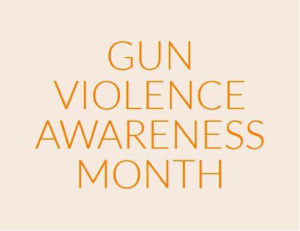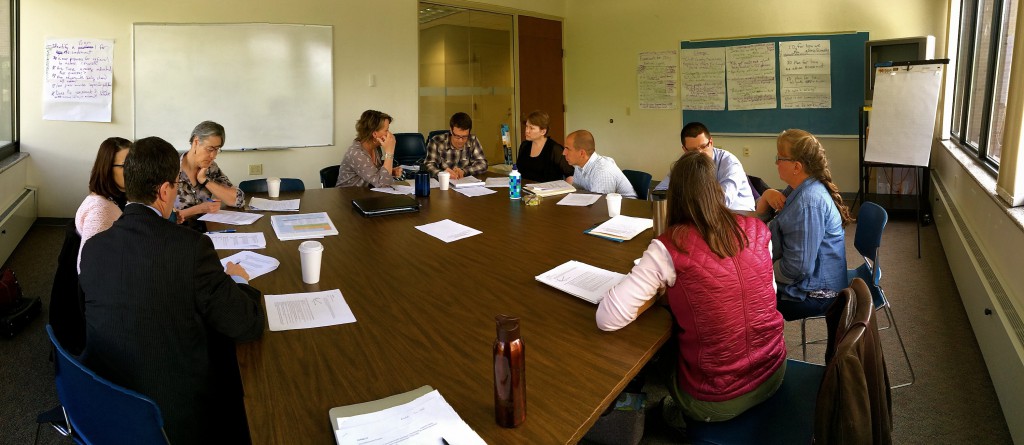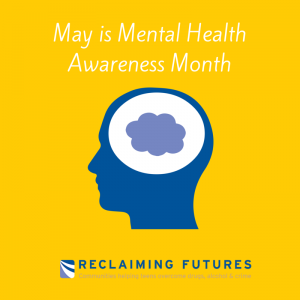State Supreme Court Ruling Seals Juvenile Records; News Roundup
By Cecilia Bianco, June 26 2015
 Every week Reclaiming Futures rounds up the latest news on juvenile justice reform, adolescent substance abuse treatment, and teen mental health.
Every week Reclaiming Futures rounds up the latest news on juvenile justice reform, adolescent substance abuse treatment, and teen mental health.
Clinical Conversations about Cannabis: Using Elicit-Provide-Elicit (ATTC Network)
Given the current climate of conflicting messages and changing policy related to marijuana, counselors need both sources of reliable information and effective strategies to guide their interventions as they talk with clients about this controversial subject. The purpose of this article is to describe how Motivational Interviewing (MI) strategies can inform clinical conversations about cannabis use, with a focus on the Elicit – Provide – Elicit (EPE) model as one potentially useful tool.

 Below you’ll find a selection of the latest grants, jobs, webinars and events posted to our Opportunity Board. Please share the
Below you’ll find a selection of the latest grants, jobs, webinars and events posted to our Opportunity Board. Please share the  Montgomery County Juvenile Court and Keep Montgomery County Beautiful are pleased to announce that the Helping Adolescents Achieve Long-term Objectives (HAALO) mural project is ahead of schedule and taking shape in the east end of Dayton. HAALO is a program that connects young people involved with Montgomery County Juvenile Court to arts programming through a partnership with K12 Gallery.
Montgomery County Juvenile Court and Keep Montgomery County Beautiful are pleased to announce that the Helping Adolescents Achieve Long-term Objectives (HAALO) mural project is ahead of schedule and taking shape in the east end of Dayton. HAALO is a program that connects young people involved with Montgomery County Juvenile Court to arts programming through a partnership with K12 Gallery.
 Approximately 65 - 70 percent of young people in the justice system meet the criteria for a disability. During time in the system, many children are deprived of the services they need for healthy growth, education, and development—something that negatively impacts children with disabilities more seriously than others.
Approximately 65 - 70 percent of young people in the justice system meet the criteria for a disability. During time in the system, many children are deprived of the services they need for healthy growth, education, and development—something that negatively impacts children with disabilities more seriously than others.
 In 2013, New York made history as the first state to devote an entire month to raising awareness around the issue of gun violence. This month marks the third annual Gun Violence Awareness Month and there are many ways to support this important effort.
In 2013, New York made history as the first state to devote an entire month to raising awareness around the issue of gun violence. This month marks the third annual Gun Violence Awareness Month and there are many ways to support this important effort.
 erty such as homelessness, physical and sexual abuse, violence, witnessing shootings, unsafe school conditions, and familial behavioral health issues. Three Compton School district teachers are named for the prosecution alleging that their requests to provide youth with the appropriate behavioral health services were ignored by the district. For those of us that work in the juvenile justice or behavioral health fields these stories seem all too common. Decades of research and practice have shown that trauma has profound negative effects on an individual’s overall health (e.g., neurological, biological, psychological, social). One of the more well-known studies, which is being used to support this lawsuit, is the
erty such as homelessness, physical and sexual abuse, violence, witnessing shootings, unsafe school conditions, and familial behavioral health issues. Three Compton School district teachers are named for the prosecution alleging that their requests to provide youth with the appropriate behavioral health services were ignored by the district. For those of us that work in the juvenile justice or behavioral health fields these stories seem all too common. Decades of research and practice have shown that trauma has profound negative effects on an individual’s overall health (e.g., neurological, biological, psychological, social). One of the more well-known studies, which is being used to support this lawsuit, is the  dge Anthony Capizzi to preside over the graduation in United States District Court Federal Building in Dayton, Ohio.
dge Anthony Capizzi to preside over the graduation in United States District Court Federal Building in Dayton, Ohio.